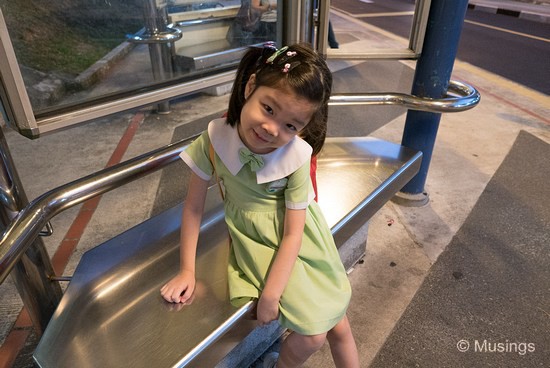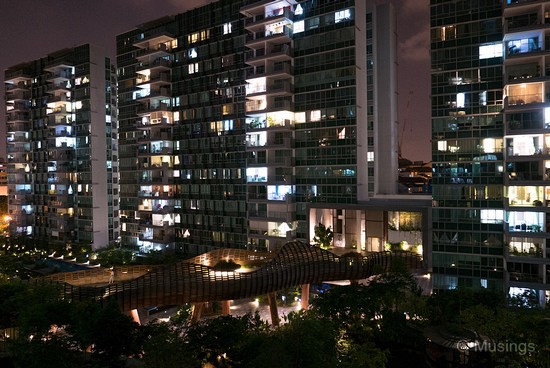Continuing from my earlier post of what’s working well on the LX100!
The first LX100 that I picked up from the shop tested fine there. But barely 20 minutes later when I’d left the shop and was on my way home, the camera suffered a catastrophic sensor failure – similar to what at last one other Amazon owner had also reported. The shop changed the set immediately without question, thankfully – but that the first unit had failed so quickly left me feeling a little worried if the second one is going to suffer the same fault soon.

The images the LX100 produces so far are good relative to small sensor compact cameras, but it’s also not near what the E-PL6 and E-M5 can produce, let alone cameras with even larger sensors than that. Not really a negative as I knew what the LX100’s limits are, but still.
Non-articulating and non-touch screen. These two were my biggest limitations of the LX100. I’ll have to count on some other camera for Daddy-Hannah selfie shots, and I’ve been spoiled by touchscreen AF too. I never figured I’d be a fan of touchscreen AF, but it’s incredibly useful on small and light cameras like my E-PL6. Heck – I use touchscreen AF on that more than I use spot or multi-point AF.
Start-up and shutting down is, ugh, s l o w. And the lens barrel protrudes an additional 4cm out as soon as it turns on. Zooming in to the uppermost focal length will extend the barrel by a few more cm.
Customization menus are comprehensive and deep but also perplexing! It’s somewhat better organized and visually more pleasing than Olympus’, but on a couple of occasions, I was scratching my head wondering why options I wanted were disabled. For instance; I was flummoxed why the panorama mode had been greyed out in one of the nested options, and the user manual was no help, nor the built-in help. It was only through checking online with other users who faced the same difficulty did I realize that the camera had been set to RAW, and had to be switched back to JPG before the panorama option would be enabled. Duh.
Alright; couple of pictures.




A polycarbonate screen is also on the way to protect the LX100’s rear monitor, alongside a cheapo third party lens cap – just so that the original one supplied with the camera can go right back into the box for safekeeping! :)
If I had tried to take that last photo at 1/5s with my current rig, the shot would have looked like the sensor failure pic up top. Haha!
Haha.:) To be fair though, that picture was shot at the widest angle, which probably masked some of the minor handshakes. That Telunas trip – I did multiple one second handheld exposures of the setting sun, and a couple of them turned out usable, incredibly – thanks to the E-M5’s stabilization.